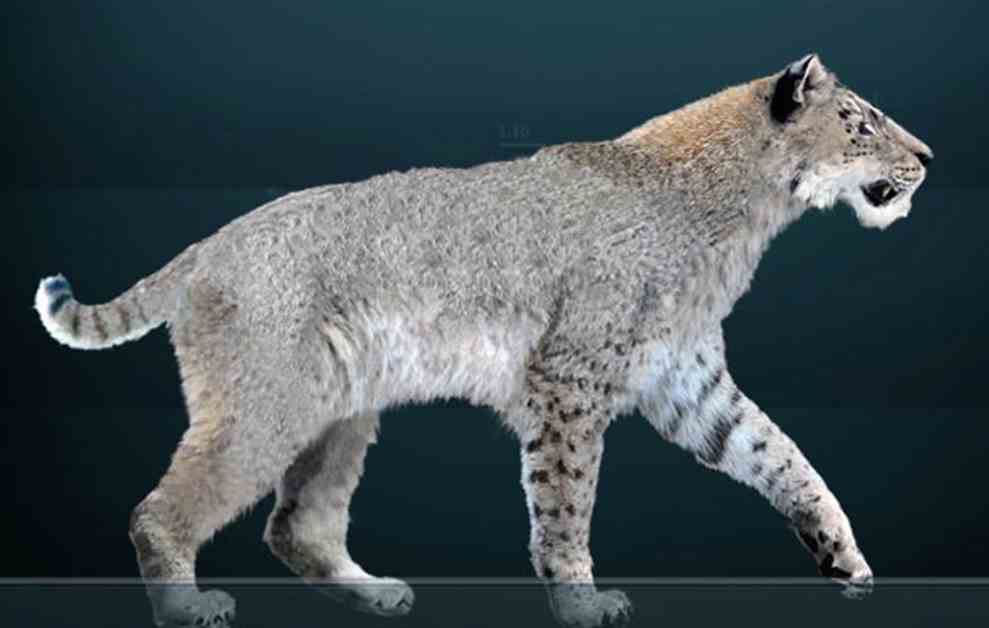New Fossil Unveils Geographic Reach of Scimitar-Toothed Cat Homotherium
Paleontologists from the University of Texas at Austin and other institutions have made a groundbreaking discovery on McFaddin Beach, Texas. They found a fragmentary jaw of the scimitar-toothed cat Homotherium, marking the first presence of this species on the continental shelf of the Gulf Coast. This finding suggests a broad subtropical Gulf Coast corridor that facilitated the movement of Neotropical species between Texas and Florida. The associated fauna on McFaddin Beach includes common Neotropical mammals from southern Texas and Florida, highlighting Homotherium’s presence in the region during the Late Pleistocene.
Homotherium, an extinct genus of scimitar-toothed cats, roamed the Americas, Eurasia, and Africa during the Pliocene and Pleistocene epochs. These robust cats, comparable in size to jaguars, had distinctive features such as elongated faces, lanky front legs, and serrated canine teeth protected by gum flaps. While Homotherium fossils have been discovered in various parts of Texas, the recent finding indicates that these big cats also inhabited the submerged continental shelf connecting Texas and Florida.
The significance of this discovery lies in the revelation of a Neotropical corridor that allowed for the movement of diverse species like capybaras and giant armadillos between Mexico, Texas, and Florida. The fossil specimen, initially found over 60 years ago by Professor Russell Long at Lamar University, offers valuable insights into the ecological landscape of the Late Pleistocene. The hidden canine tooth within the fossil, revealed through X-ray analysis, provides crucial evidence of Homotherium’s presence in the region.
The study, led by University of Texas at Austin doctoral student John Moretti and collaborators, sheds light on the role of large carnivores like Homotherium in shaping ancient ecosystems. By influencing prey-animal populations and regional biodiversity, these scimitar-toothed cats played a significant role in the animal community dynamics. The findings, detailed in The Anatomical Record, offer a glimpse into the rich ecological history of the Gulf Coast corridor during the Late Pleistocene.
Source:
John A. Moretti et al. The scimitar-cat Homotherium from the submerged continental shelf of the Gulf Coast of Texas. The Anatomical Record, published online April 23, 2024; doi: 10.1002/ar.25461


